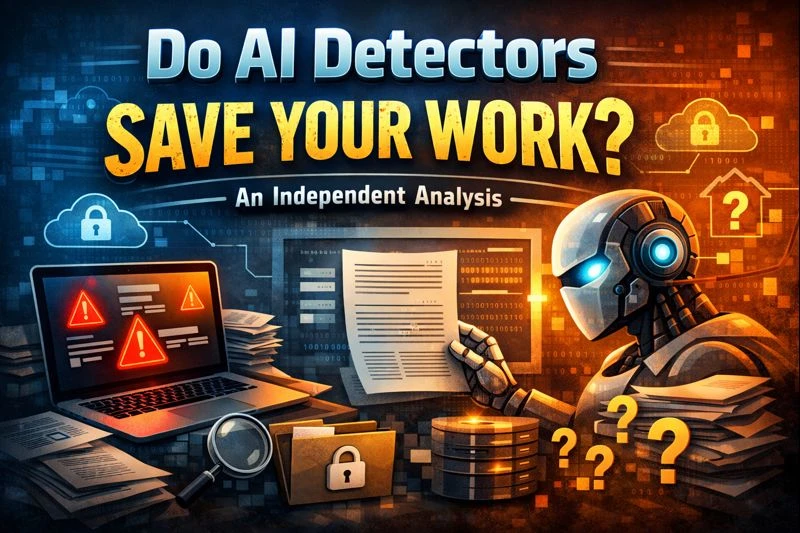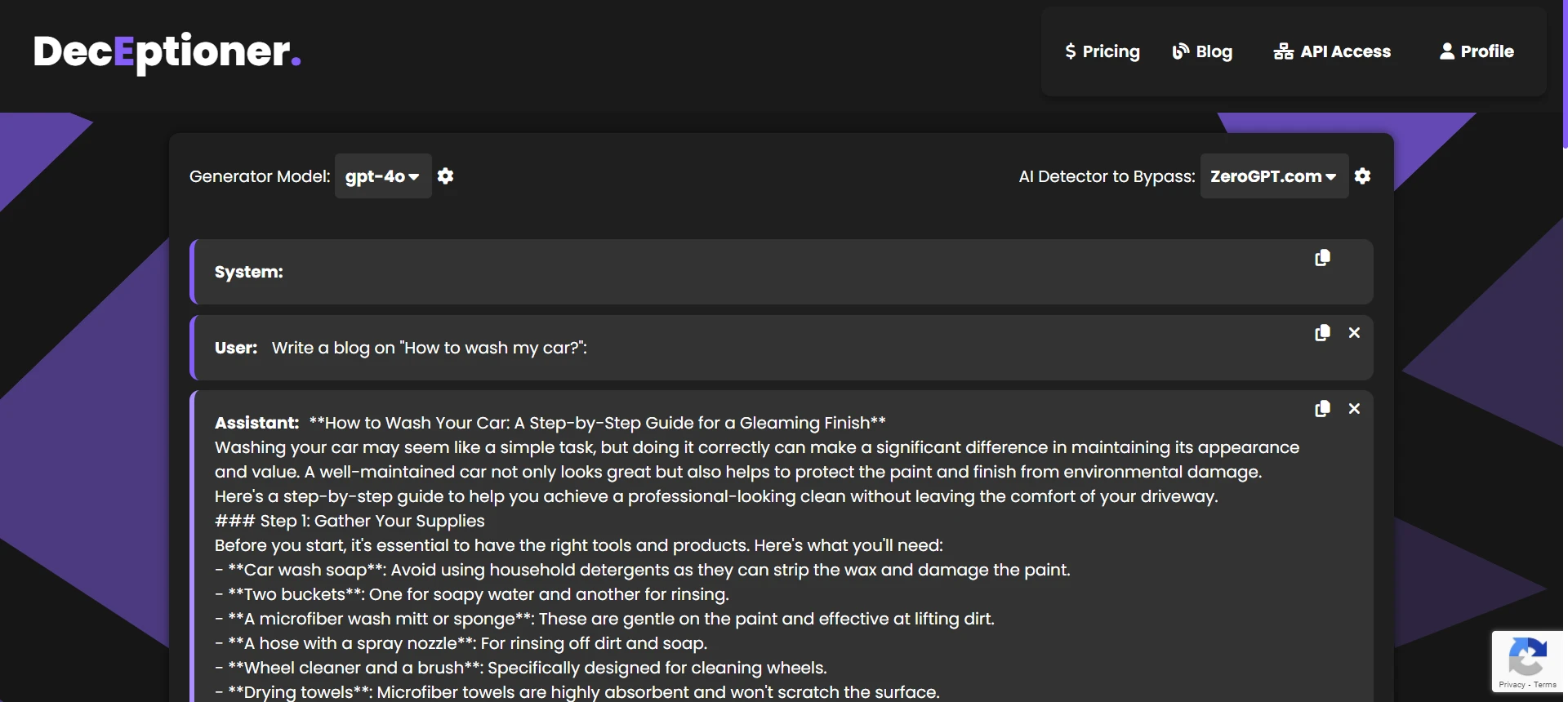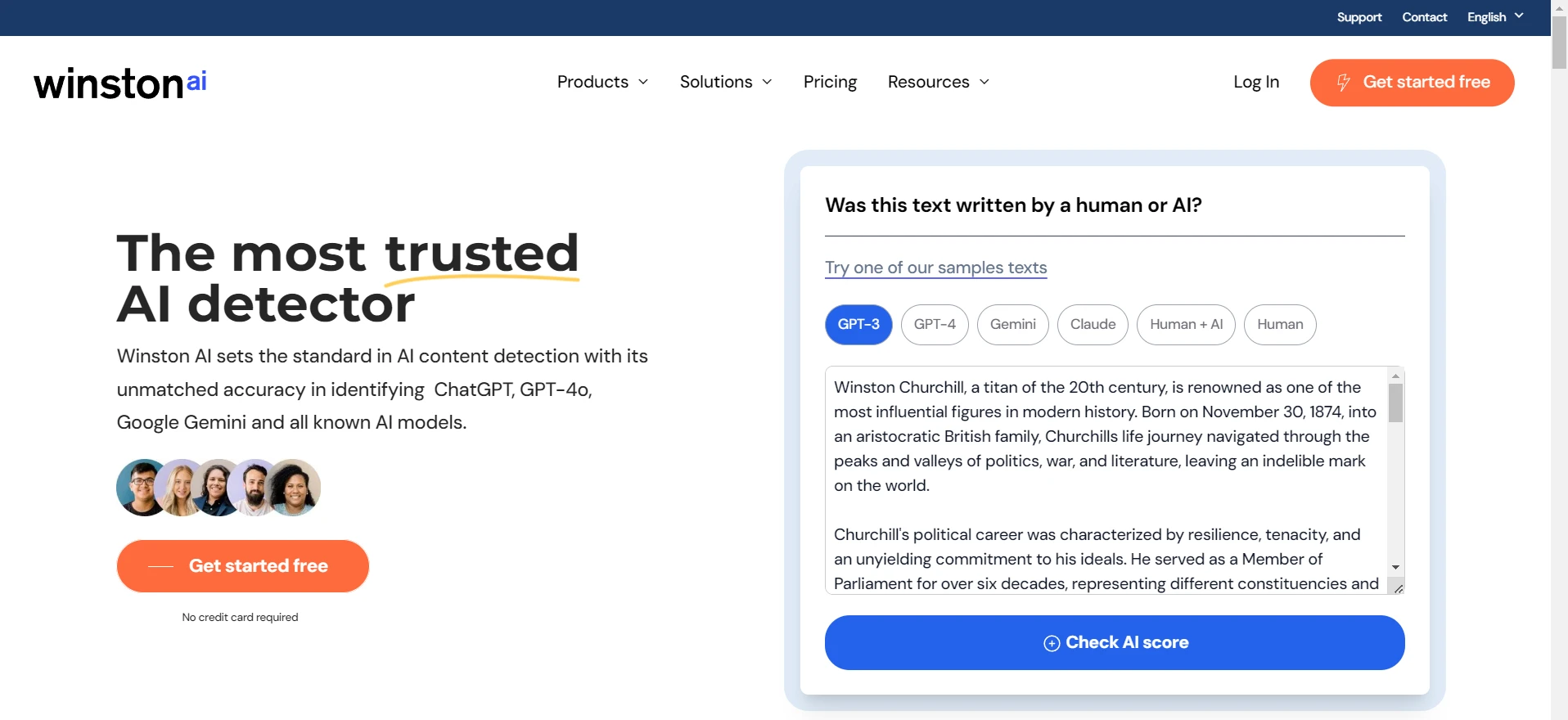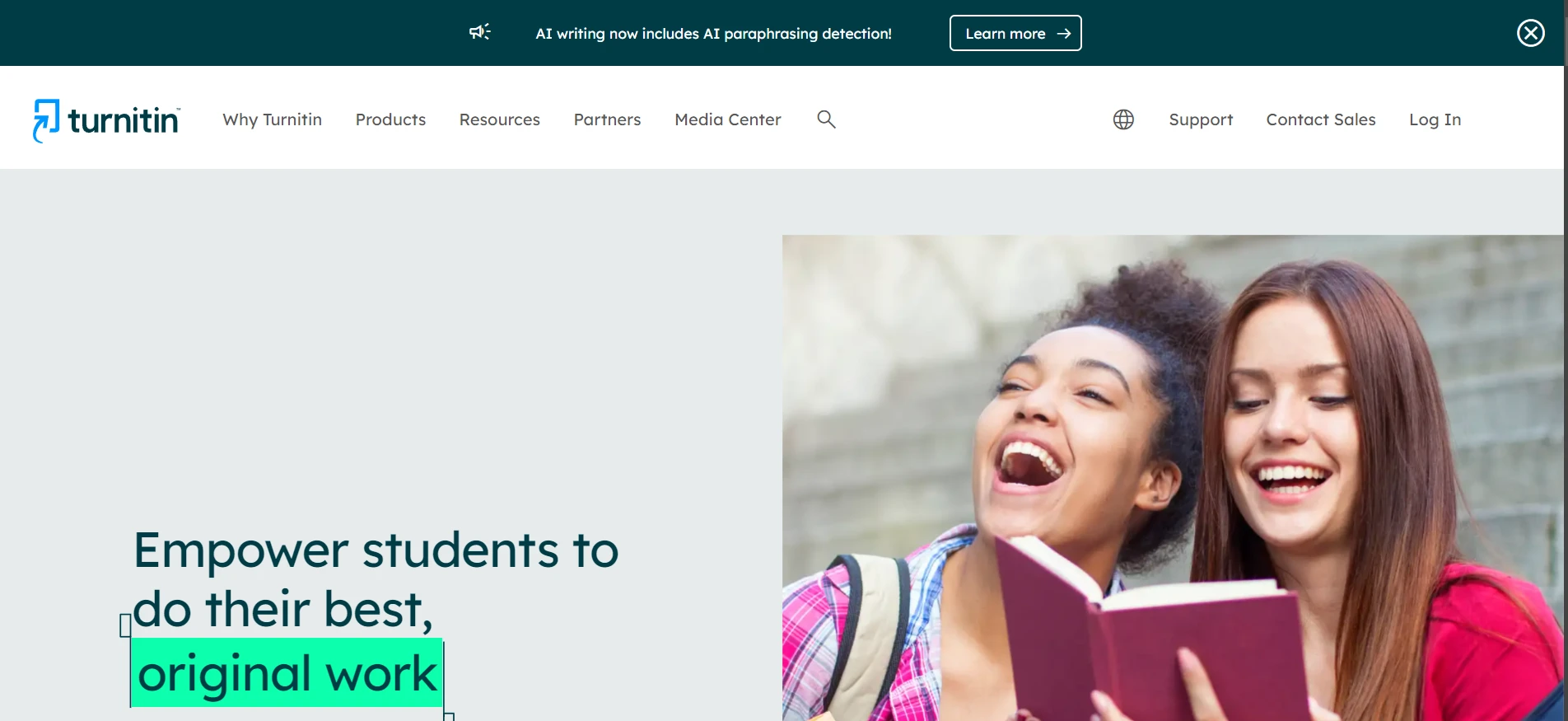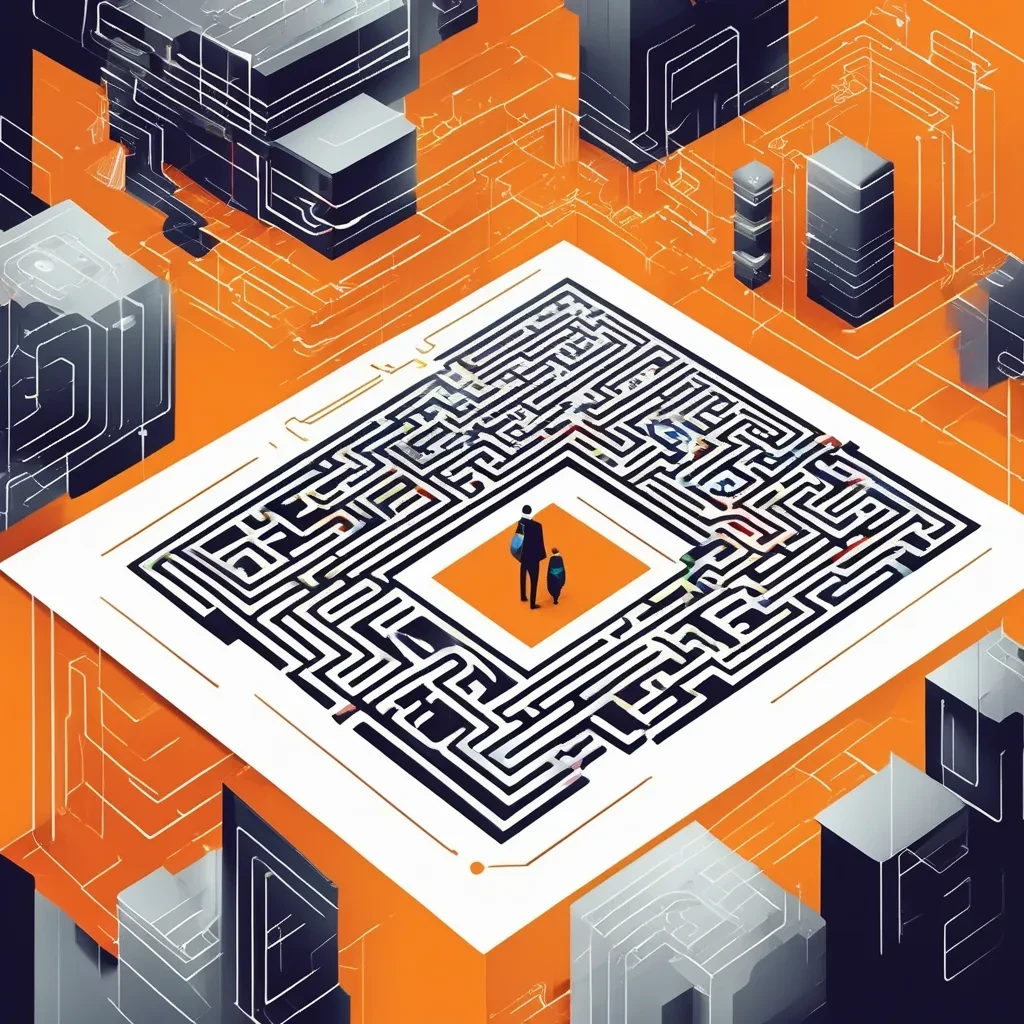Plagiarism is one of those issues that are always in the minds of students. Almost all plagiarism detectors suffer from the issue of false-positives. Turnitin is no exception and will often flag you for even slightest of matches which in most cases occurs naturally.
But I would say this it makes sense for universities to use Turnitin because it has a repository of past submissions to the site for checking plagiarism. This makes it kind of an only option when it comes to plagiarism detection for university papers.
Let us get into the meat of the matter.
How much plagiarism is acceptable in Turnitin?
While there is no definitive answer to this question as it solely depends upon your university, you could consider anything below 20% to be acceptable.
Some universities are stricter and will not accept anything above 10% while some are lenient enough and go for as far as 40%. But if you don’t know what is acceptable rate for your university then please don’t go above 20%.
What percentage of plagiarism is unacceptable in Turnitin?
There is no single answer to this question as this too depends upon your university.
Most of the universities will not accept anything with a score of above 30% while getting in the range of 20-30% might get you deducted a few points deducted.
The upper ceiling to this is in my opinion is anything above 50% plagiarism.
How to avoid plagiarism in Turnitin?
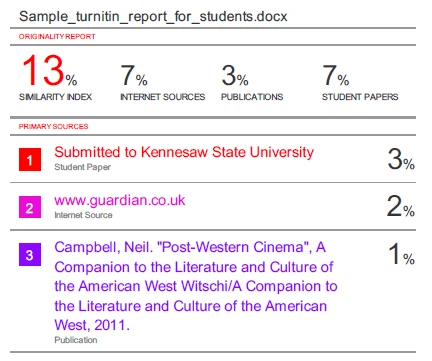
If your score is in the range of 20-30% then you could simply rewrite that part and call it a day. While anything above 50% needs some automation to help you out. There are paraphrasers that could help you but beware it can often lead to Turnitin’s AI detector flagging your content.
You need a specialized paraphraser like Deceptioner to help you out. It not only bypasses plagiarism detection, it will also help you in avoiding AI detection.
Also, don’t resort to academic dishonesty and only use our tool if you know for sure that you have been flagged mistakenly. Either way it is your call, and you be the judge.
What does the Turnitin labels say about my paper?
Turnitin has 5 different colors that you would need to pay attention to. Knowing about these colors will let you know easily if you are safe or not. Here is a rundown of it:
- Red: If your paper is colored red, you have scored between 75-100% - think about paraphrasing it yourself or with a dedicated tool for doing it.
- Orange: If your paper is colored orange, you have scored between 50-74%. This also needs major rewriting and you might need a tool for it.
- Yellow: If your paper is colored yellow, you have scored between 25-49% - if you are in this range then rewriting manually would be the best option.
- Green: If your paper is colored green, you have scored between 0-24% - this is generally acceptable.
- Blue: Less than 20 words match those in Turnitin’s database – excellent!
Frequently Asked Questions
Q1. How accurate is Turnitin’s plagiarism detection?
I would say not very accurate but for checking plagiarism in the works of students it is the only reliable and well-known option.
Q2. Does Turnitin stores student’s papers?
Yes, they do store papers if the account your professor using is ‘repository’, if it is ‘non-repository’ then they don’t store your paper for checking future submissions for plagiarism.
Q3. Can Turnitin detect fake references?
Yes, Turnitin can detect fake references. Don’t do it and moreover it will amount to academic dishonesty and could have serious repercussions if you get caught.
The Bottom Line
Turnitin’s plagiarism detection is not that accurate but since most universities use it you need to pay attention to what it says about your paper.
They are improving but they are still not able to get past basic rewrites by even old legacy paraphrasers that just used to either swap synonyms or used some rudimentary natural language processing techniques.
Specialized rewriters are far beyond it and can not only bypass Turnitin’s plagiarism detection but AI detection too.

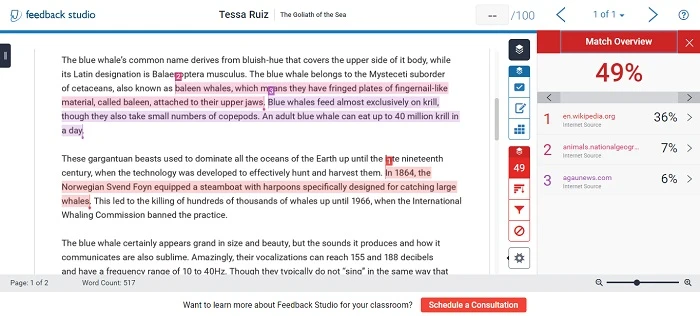
![[STUDY] Can Phrasly AI Bypass Turnitin?](/static/images/can-phrasly-ai-bypass-turnitinpng.webp)
![[HOT TAKE] Is Winston AI or GPTZero more accurate?](/static/images/is-winston-ai-or-gptzero-more-accuratepng.webp)
![[NO NONSENSE ANSWER] Is Turndetect Permanently Down?](/static/images/is-turndetect-downpng.webp)
